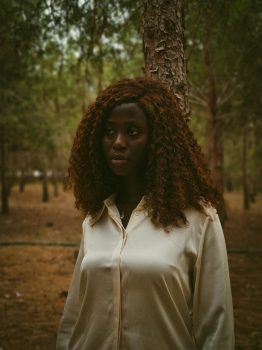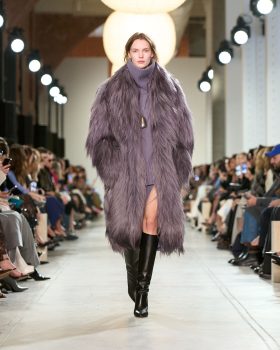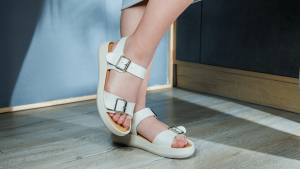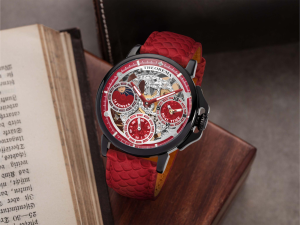Imagine yourself stuck in a dress because you cannot reach the zipper at the back or there are too many small buttons to undo by yourself… and the indignity of having to wear the dress until someone helps you out of it. Perhaps the following morning… This is just one of the things that make people with disabilities cringe about fashion.
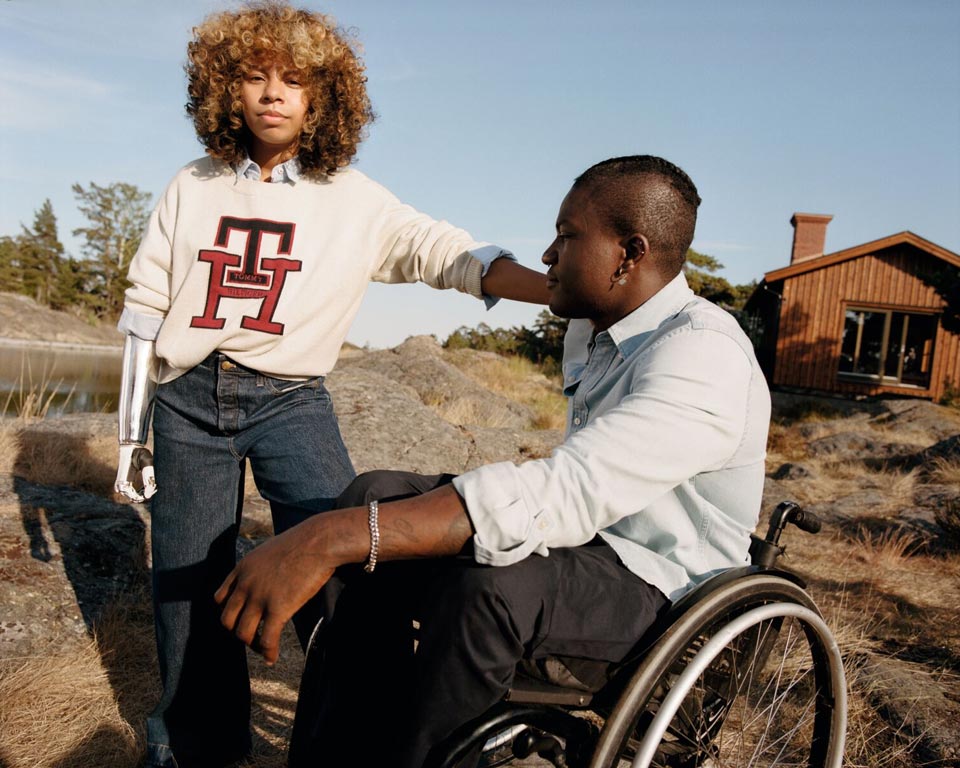
Adaptive Fashion. Image: Tommy Hilfiger
Geeta Castelino — social psychologist, corporate trainer in fashion and design technology, professor of History of Indian Costume and Textiles in Edinburgh College of Art, Scotland and recipient of several awards in art and design — speaks to us on how adaptive fashion can be a tool for inclusive fashion. ”Being Polo-afflicted since childhood and a social psychologist counselling the physically challenged, I can perceive the challenges that people with disability face. Being an educationist, conceiving and developing curriculums in textile and design since three decades, I try to inculcate in students the importance of adaptive clothing.”
Given its bespoke demands, adaptive fashion is challenging but also an opportunity to better a disabled person’s life. ”Those who wear callipers on their feet need design adaptations for pants, jeans and pyjamas; they need special design attention and fabric which doesn’t tear due to the calliper. The designers need to understand a disabled person’s requirements and also focus on making adaptive apparel both comfortable and stylish. For the visually impaired, the design should be such that they can select apparel from a closet, without dependancy. For the mentally challenged, comfort is essential or they may tear garments, pull it awkwardly or get irritable due to tight fit. We need to sensitise the fashion industry and help designers understand the core of adaptive apparel.”
In 2019, Business of Fashion estimated that the adaptive market would be valued at $529.8 billion by 2023 and fashion brands begun recognising the segment as a business proposition as much as a social one. Tommy Hilfiger led the charge in mainstream fashion with ‘Tommy Adaptive’ with fashionable adaptive sportswear, from jeans that fit over prosthetic legs to shirts with easy-open buttons, inspired by his autistic children’s struggle with apparel.

That year, Nike launched FlyEase with easy-on zippered sneakers, as a response to a letter from a kid with cerebral palsy who struggled with sneakers. Designer Mindy Scheier launched ‘Runway of Dreams’, a nonprofit that promotes inclusive clothing, inspired by her son who has multiple dystrophy and couldn’t find a pair of jeans that would slide over his leg brace. For Savage x Fenty, Rihanna roped in model Lauren Wasser with amputated legs to walk the runway.
Per Vogue, New York-based Open Style Lab is a ‘nonprofit incubator for inclusive design educating university students before they enter the industry. ”We take fashion designers, occupational therapists and engineers and put them with someone with a disability,” she [Christina Mallon, chief brand officer] explains. ”Together they create a garment to help with dressing or to reduce body temperature—different problems clients run into—but also to make sure it’s beautiful.”
The results are incredibly innovative and fly in the face of conventional garment design. Built-in bras make dressing easier, while tactile textiles help the visually impaired feel their way to expressing personal style… adding pockets where wheelchair-bound users can access them, or replacing zippers at a garment’s back with Velcro.’ Its not just everyday apparel. What about racy lingerie and stylish footwear? Shouldn’t people with disability should have side-opening lingerie, magnetic bras and velcro closures — in sexy designs? Or sneakers they can put on themselves?
Per Vogue, ‘HFL’s CEO Monte Deere explains: ”The ‘pain point’ of putting on shoes is common to everyone, but is particularly challenging for disabled persons.” The company’s F1 Titanium Arc overcomes this challenge: the discreet paddle reinforces the back of a shoe’s heel for hands-free entry and may be inserted into boots, flats or sandals. ”Consumers of adaptive fashion want fashion first, not footwear and apparel that looks ‘adaptive”” Deere says. But these go hand in hand: ”Technologies that will enable adaptive functionality are both demonstrative and progressive in style.”
Perhaps the solution lies in rethinking the importance of democratic fashion and include people with disabilities in the design process to actively solicit feedback that can bring about meaningful change. The goal will be achieved when we bring the niche adaptive apparel segment to the forefront of fashion and increasing shopping accessibility. Let’s rise up to the challenge and improve quality of life for individuals facing mobility, sensory or cognitive challenges.
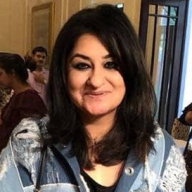
Jasmeen Dugal is Associate Editor at FashionABC, contributing her insights on fashion, technology, and sustainability. She brings with herself more than two decades of editorial experience, working for national newspapers and luxury magazines in India.
Jasmeen Dugal has worked with exchange4media as a senior writer contributing articles on the country’s advertising and marketing movements, and then with Condenast India as Net Editor where she helmed Vogue India’s official website in terms of design, layout and daily content. Besides this, she is also an entrepreneur running her own luxury portal, Explosivefashion, which highlights the latest in luxury fashion and hospitality.





